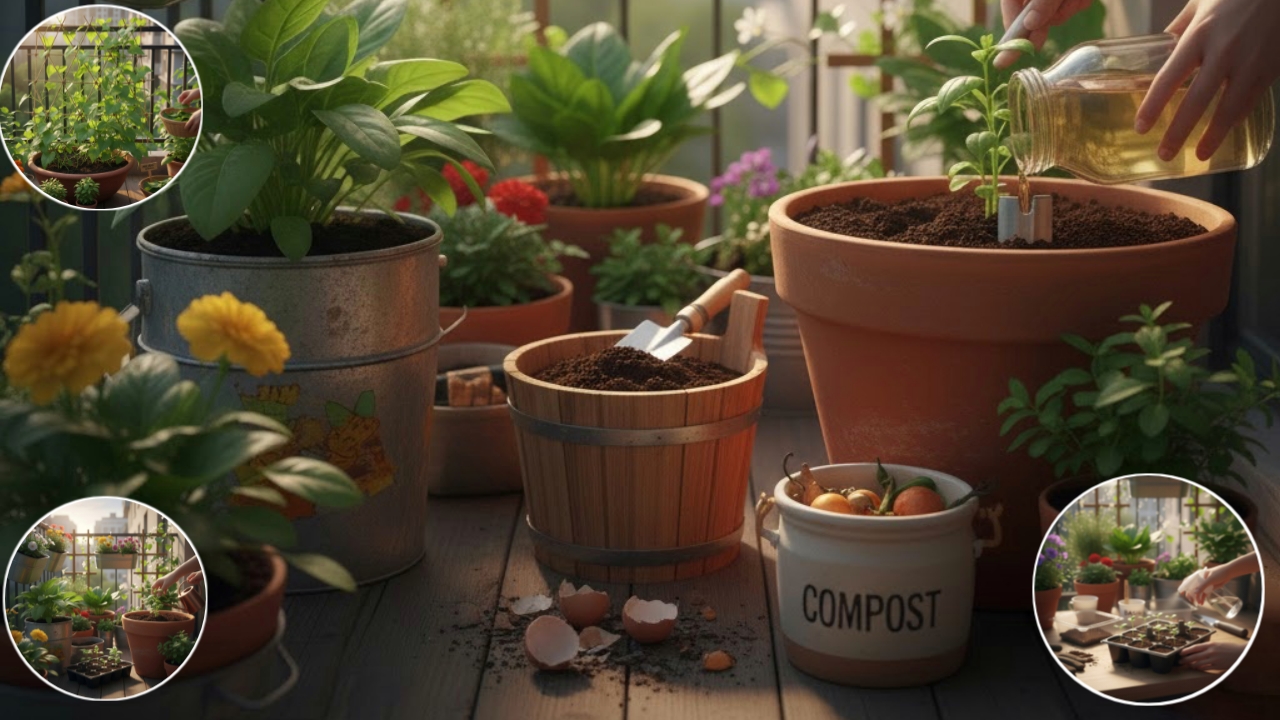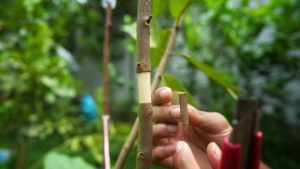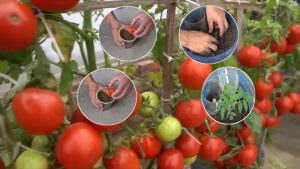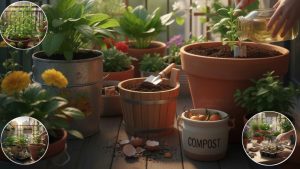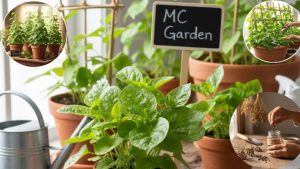Honestly, I never thought a small balcony could turn into such a happy green corner of my life. One morning, I was sipping my tea and looking at the empty space outside my kitchen window. Suddenly, I thought, why not try growing my own flowers and herbs right here? That simple thought changed everything. I started dreaming about colorful flowers, the smell of fresh mint, and maybe even a few spinach leaves for my dinner.
At first, I didn’t know much about balcony gardening. I just bought a few small pots, some seeds, and started experimenting. I still remember the day I planted the first basil seeds I watered them gently and checked every morning like a curious child. Some days I made mistakes, like giving too much water or forgetting to move the plants to the sunlight. But little by little, I began to understand what my plants needed. It felt like I was learning to care for tiny, green friends.
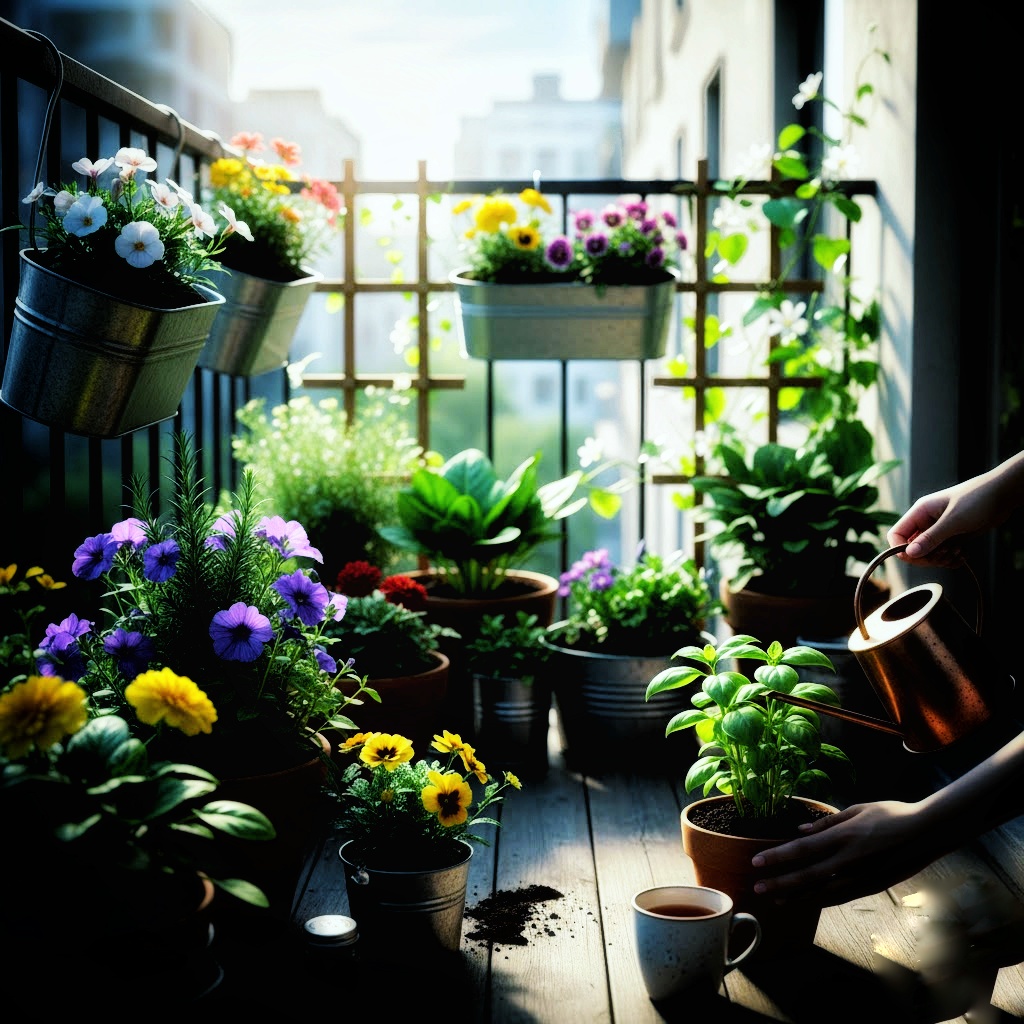
When the first flowers bloomed, and my spinach leaves turned deep green, I felt pure joy. It wasn’t just about having fresh ingredients for my kitchen it was about watching life grow in front of me. The soft scent of herbs in the morning and the sight of blossoms after rain made my heart calm. This small balcony became my peaceful escape after long, busy days.
From my experience, the secret to balcony gardening is patience and love. You don’t need a big space or fancy tools just start small and give your plants attention every day. Nature gives back beautifully when you care for it. Even today, when I see my little garden shining under the morning sun, I feel proud and thankful. It reminds me that happiness can truly grow from the simplest seeds.
How I Save and Store Seeds
I still remember the first time I tried saving seeds from my balcony garden. I had just finished trimming my dried marigold flowers, and instead of throwing them away, I thought, why not keep the seeds for next time? That small idea turned into one of the most useful habits in my gardening journey. Now, every time my flowers, herbs, or spinach plants finish their season, I collect the seeds with care like tiny treasures for the next growing round.
I usually wait until the flowers or herbs dry completely on the plant. Then I gently rub the pods or blossoms between my fingers to collect the seeds. For spinach, I let the plant bolt and form small seed clusters, which I dry in the shade before storing. Sometimes I even make small paper packets and write the plant names on them basil, coriander, or spinach just so I don’t forget which is which later! In the beginning, I made mistakes by keeping slightly damp seeds, and they grew moldy. But now I always make sure they’re completely dry before storing.
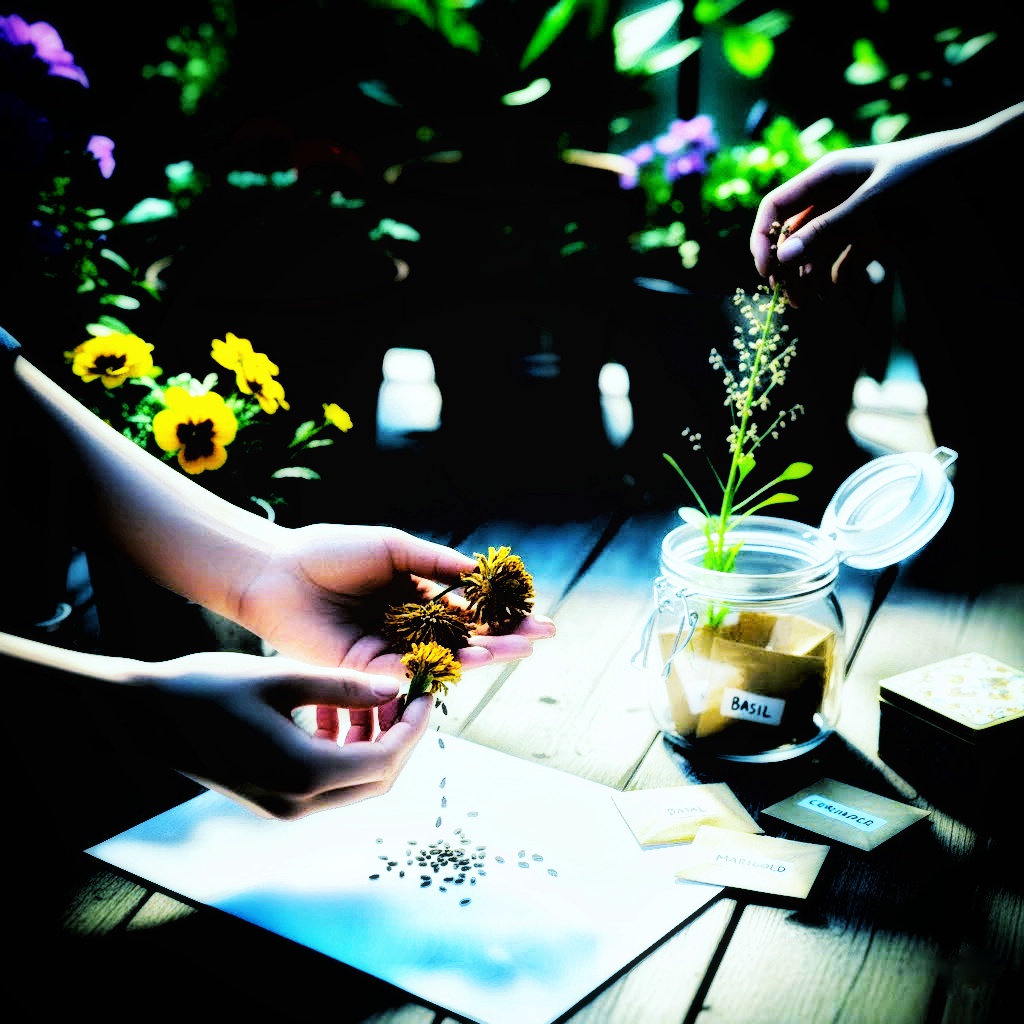
Over time, I learned that seeds last longer when they’re kept in a cool, dry, and airtight container. I usually place my seed packets inside a small glass jar or a metal tin and keep it in a shaded corner of my kitchen cabinet. One of my favorite tricks is to add a little packet of silica gel to absorb any moisture. It’s a simple step, but it really helps. Whenever I open the jar to take out seeds, the smell of dried herbs brings back sweet memories of last season’s garden.
If you want to test old seeds, here’s an easy way: take a few and place them on a damp tissue paper for a few days. If you see tiny sprouts, they’re still good to use! From my experience, saving seeds is not just about being thrifty it’s about continuing the life cycle of your garden. It’s a small act of care and patience that makes you feel more connected to nature. Every time I plant seeds I’ve saved myself, it feels like starting a new chapter with old friends.
How to Start Seedlings Indoors
When I first started growing plants from seeds, I was honestly nervous. I thought it would be too tricky to get those tiny seeds to sprout. But one rainy afternoon, I decided to give it a try. I gathered a few small containers old yogurt cups, egg trays, and even a plastic box anything that could hold soil. I filled them with a soft mix of compost and garden soil, light enough for air to pass through easily. It felt exciting, like I was preparing a tiny nursery right inside my home.
I sprinkled the seeds gently on top of the soil and covered them with a very thin layer of compost. Then I misted them with water instead of pouring, so I wouldn’t wash the seeds away. Every morning, I checked if the soil was still moist and if any green sprouts had appeared. The first time I saw a little green loop pushing through the soil, I actually smiled like a kid it felt like magic. Sometimes I made mistakes, like keeping the pots too close to the window where it got too cold, but each mistake taught me something new.
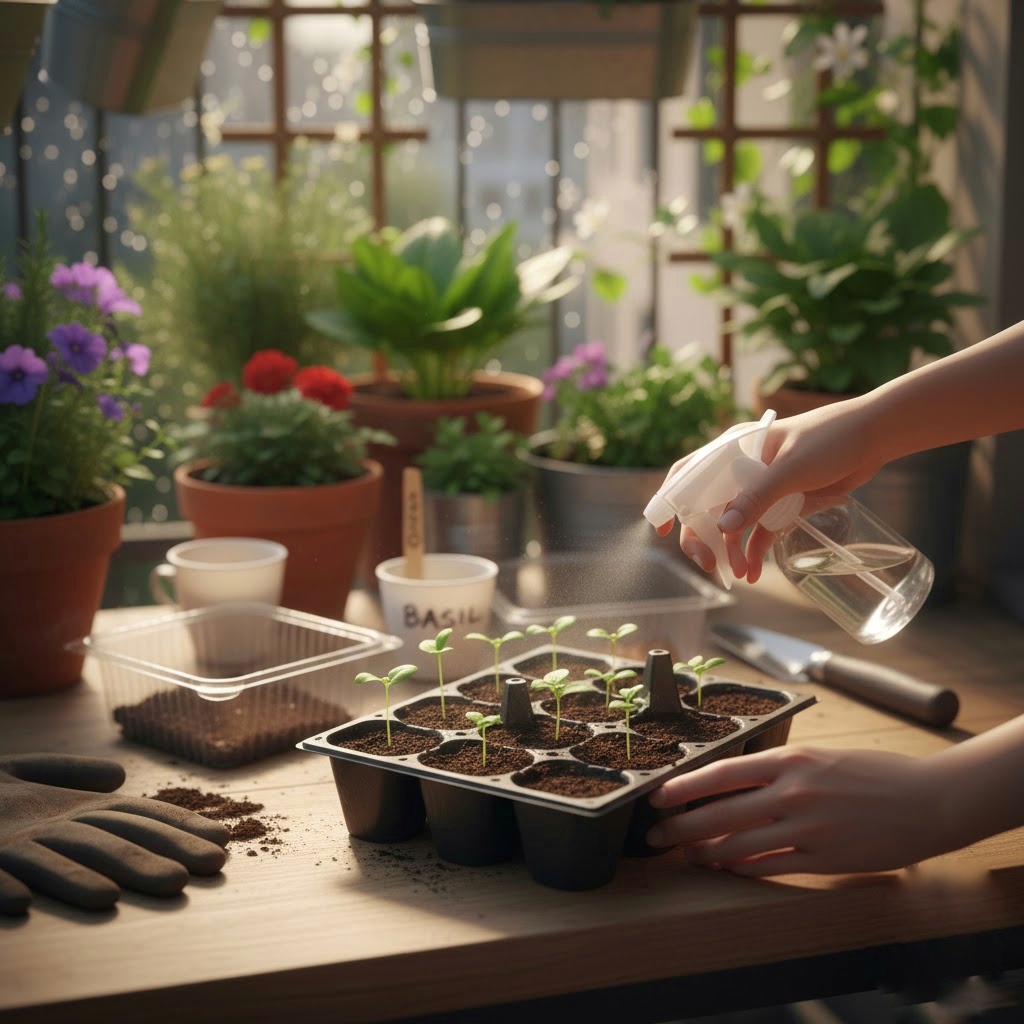
Light and warmth are everything for baby seedlings. I learned to keep them in a bright spot, not under direct sun but where soft daylight could reach. I also made sure to water just enough not too dry, not too soggy. A small spray bottle became my best friend! Once the seedlings grew a few true leaves, I slowly began to move them outside during the day and brought them back in at night. That little process, called hardening off, helped them adjust to the real outdoor air and sunlight without shock.
If you’re just starting out, my biggest tip is don’t rush. Seeds need time, care, and a little bit of love. You’ll be amazed how strong those tiny sprouts can become with just a little attention every day. Even now, every time I see new seedlings growing, it reminds me that patience always brings the best rewards. Watching them grow is like watching a small dream come to life, right in your own hands.
Transplanting and Daily Care
The day I moved my little seedlings into their own pots felt like a big step almost like sending kids off to school for the first time. I carefully chose a few containers from what I already had old paint buckets, plastic tubs, and some clay pots I’d collected over time. I made sure each one had tiny holes at the bottom so extra water could drain out. Then I filled them with a mix of compost and light soil, giving my plants a cozy new home on the balcony. The space looked simple but full of life.
I learned early on that some plants grow better together. For example, I love planting basil next to my spinach because it keeps insects away and smells amazing every time I water. The flowers, like marigold or petunia, I keep near the railing where they can soak up more sun. I made small mistakes at first sometimes I placed shade-loving herbs in too much sunlight but slowly, I figured out which corner of my balcony worked best for each plant. Now, it feels like each pot has its own personality and perfect spot.
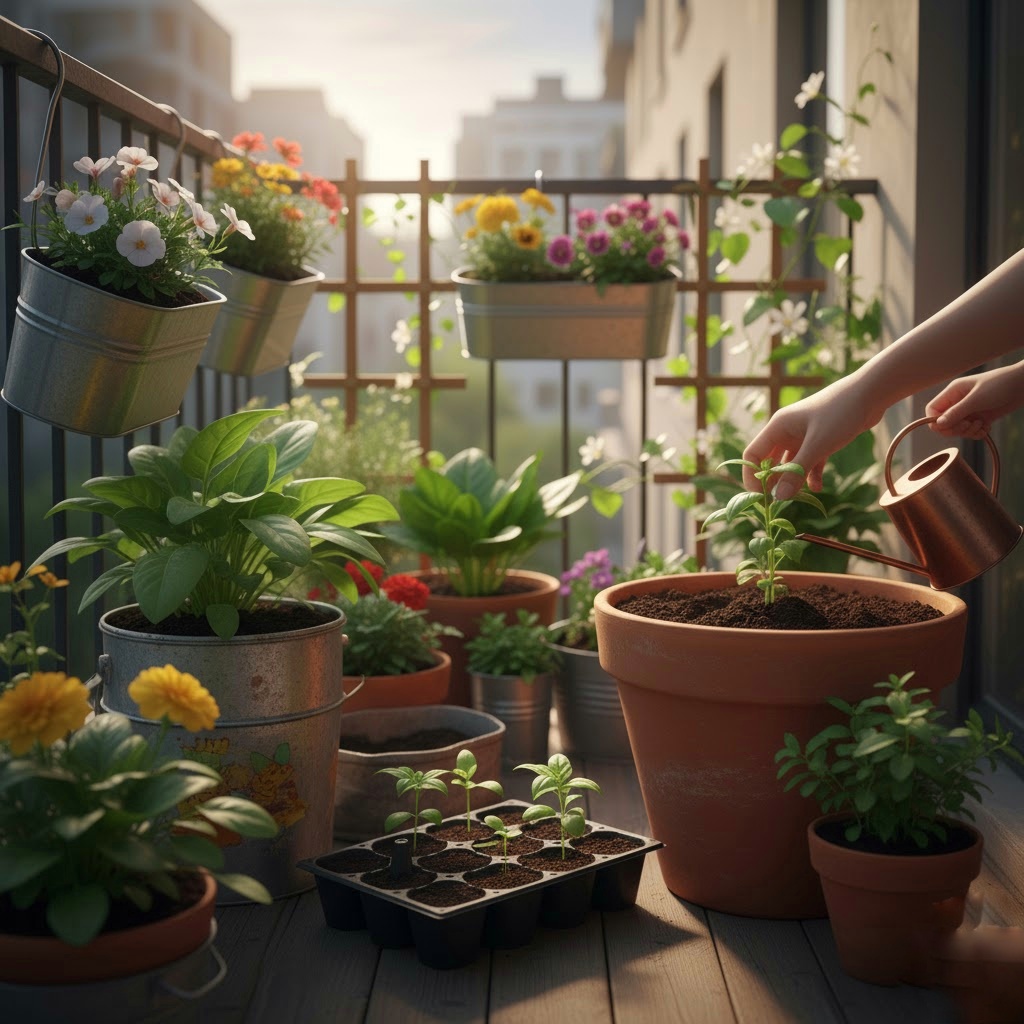
Watering became my favorite part of the routine. I usually water my plants early in the morning when the air is cool. The sound of water dripping through the soil feels peaceful, and the smell of wet earth makes the whole balcony fresh. I also trim dead leaves and pinch off extra stems to keep my herbs bushy. A soft breeze, a bit of sunlight, and gentle care that’s really all they need most days. And whenever I notice a few yellow leaves, I know it’s time to adjust the light or check the soil.
For keeping pests away, I prefer simple, natural ways. I spray a mix of neem oil and water every few weeks and sometimes plant marigolds around the herbs to keep bugs out. These small steps make a big difference. What I’ve learned is that caring for plants is not just a task it’s a daily conversation with nature. Each morning, when I see the fresh green leaves shining under the sun, I feel grateful. It reminds me that even small acts of care can create something truly beautiful.
Fertilizing and Plant Nutrition
When I first started balcony gardening, I didn’t think much about fertilizer. I thought watering and sunlight would be enough. But after a few weeks, I noticed my spinach leaves were looking pale, and my herbs weren’t growing as fast as before. That’s when I realized plants need food too just like us. So, I decided to make my own simple organic fertilizer right from my kitchen waste. It felt good knowing I could feed my plants naturally without using any chemicals.
Now, I keep a small compost bucket in one corner of my balcony. I throw in fruit peels, tea leaves, and a bit of dry soil every few days. Within a few weeks, it turns into dark, rich compost what gardeners call “black gold.” I also love making banana peel water and eggshell fertilizer. I just soak banana peels in water for two days and pour that water around my plants. It’s full of potassium and helps my flowers bloom beautifully. Crushed eggshells give calcium, which keeps the spinach leaves strong and healthy.
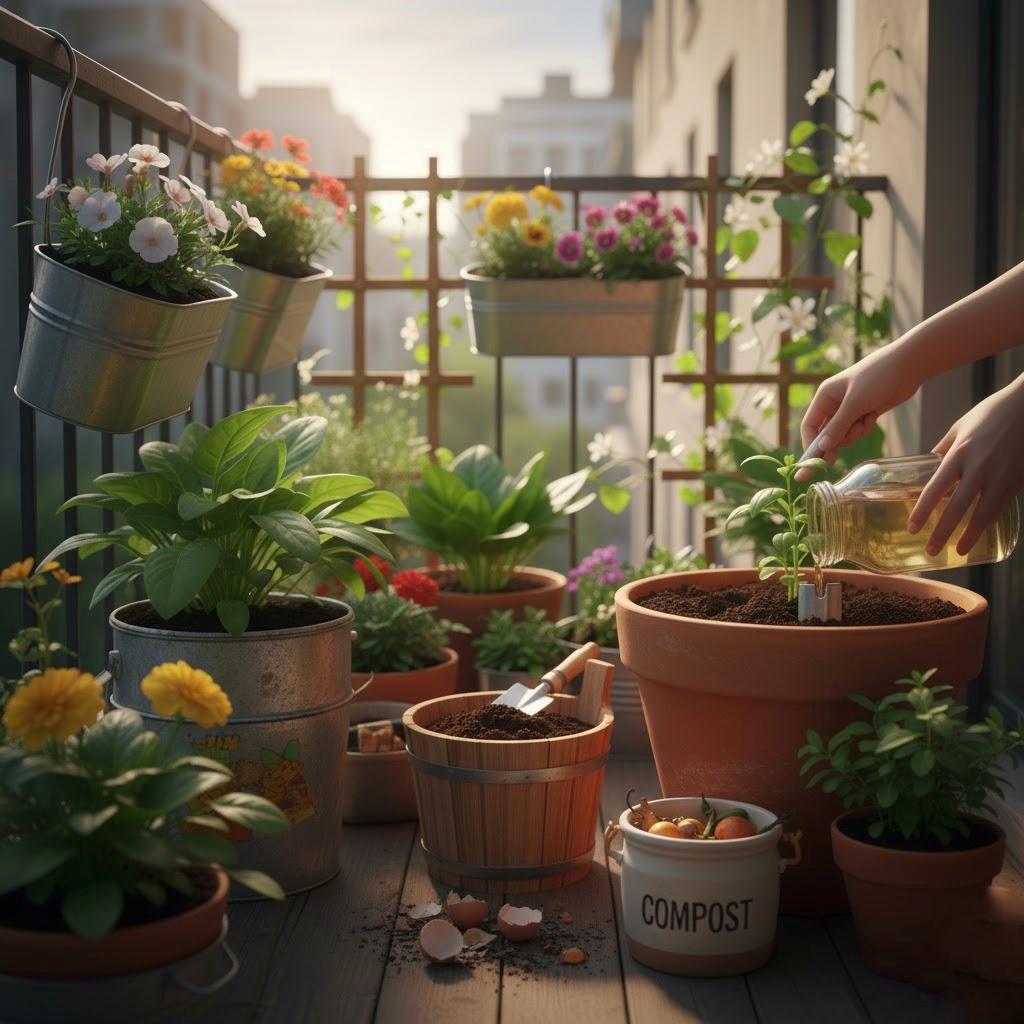
I’ve learned that timing matters when feeding your plants. I usually add compost or liquid fertilizer once every two weeks. Too much fertilizer can burn the roots or make the plants weak, so I always use a small amount first. The best way to know if your plants need more nutrients is to look at them pale leaves often mean nitrogen shortage, and slow growth can signal a lack of minerals. Observing these small changes has made me more patient and careful.
From my experience, organic feeding not only keeps plants healthy but also makes the whole process more satisfying. There’s something magical about turning kitchen scraps into plant food it’s like recycling life itself. Every time I see my flowers blooming brighter and my herbs smelling fresh, I feel proud of what nature and I create together. It reminds me that when you give nature a little care, it always gives back in the most beautiful way.
Growing Malabar Spinach at Home
The first time I grew Malabar spinach, I honestly didn’t expect it to do so well on my small balcony. One afternoon, I saw a neighbor’s green vine climbing beautifully up a net, and I thought, why not try that myself? I had heard that Malabar spinach loves heat and grows fast, which sounded perfect for my sunny balcony. So, I saved a few seeds from a bunch I bought at the market and decided to give them a chance. I had no idea that within a few weeks, my balcony would turn into a mini green jungle.
I started by soaking the seeds overnight, then planted them in a wide pot filled with compost-rich soil. Every morning, I watered lightly and kept the pot where it could get at least six hours of sunlight. Within days, small heart-shaped leaves began to appear, and soon long green vines started reaching upward, looking for something to hold onto. That’s when I set up a simple climbing net made from jute string. Watching the vines curl around it day by day was strangely satisfying it felt like the plants were dancing their way up toward the light.
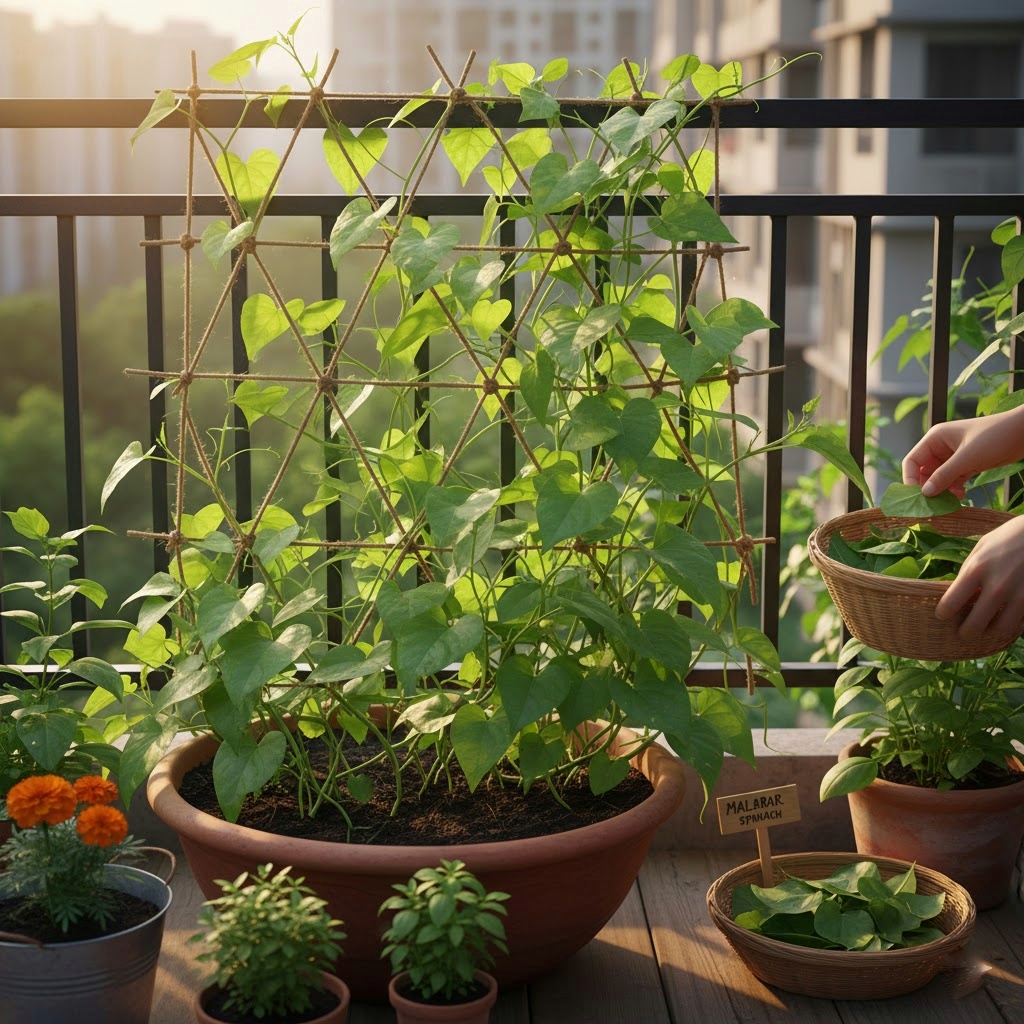
Caring for Malabar spinach is simple once you get the hang of it. I water it regularly but make sure the soil doesn’t stay too wet. Every few weeks, I add a bit of homemade compost or banana peel water to keep the leaves thick and glossy. When the vines grow too long, I trim them slightly to encourage new shoots. The best part is harvesting I usually pluck a handful of tender leaves every few days. Their shiny green color and mild taste make them perfect for soups, curries, or even quick stir-fries.
Growing Malabar spinach has taught me how easy and joyful balcony gardening can be. It’s a plant that gives back so much with so little effort. Every time I add my homegrown spinach to a meal, I feel proud — it’s like adding a spoonful of my own care and patience. Even now, when I see the vines climbing happily in the morning sun, I’m reminded that nature always rewards kindness and consistency.
Enjoying the Harvest
I still remember the first morning I picked flowers from my own balcony garden. The air was fresh, the sunlight was soft, and my marigolds looked brighter than ever. I gently cut a few and placed them in a small glass jar on my dining table. It instantly changed the whole mood of the room warm, cheerful, and full of life. Sometimes, I even tie a few blooms with a ribbon and give them to my friends. There’s something special about gifting flowers you’ve grown with your own hands it feels more personal, more full of love.
The herbs are my kitchen’s little treasures. I grow basil, mint, and thyme right beside my window so I can pluck them anytime I cook. When I make soup or pasta, I simply step out, pick a few leaves, and drop them into the pot. The smell that fills the kitchen is heavenly fresh, sweet, and natural. I still smile thinking about the first time I used my own basil in spaghetti sauce. It wasn’t perfect, but it tasted like something I made with real care.
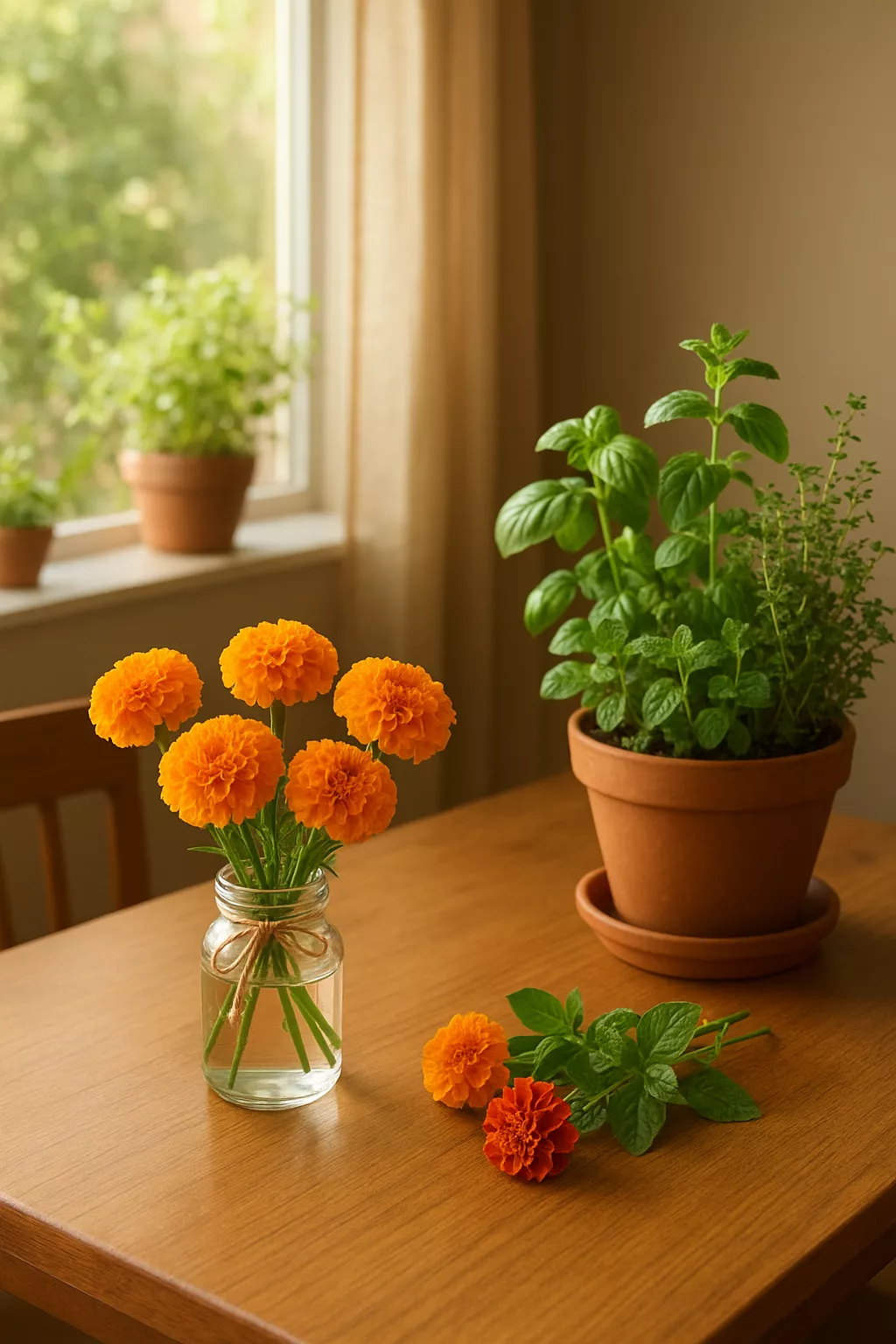
And then there’s the spinach my proudest harvest. When I cook with my own Malabar spinach, it feels like a reward for all those mornings of watering and checking the plants. Sometimes I toss the fresh leaves into curry, sometimes in soup. Every bite feels different because I know exactly where it came from my little balcony garden. It’s clean, healthy, and grown with love.
To me, this is the best part of gardening the joy of using what you grow. It’s not just about saving money or eating healthy; it’s about connection. When I see a flower bloom or taste a leaf I’ve grown, it reminds me that care and patience always come back to you in beautiful ways. Every harvest, big or small, feels like a tiny celebration of life.
Oh, actually I didn’t tell you — I have some more amazing gardening memories: How I Grew a Dragon Fruit Tree from a Tiny Seed to a Fruiting Wonder and How to Grow a Mango Tree from a Ripe Fruit and Get the Same Mango
Besides, you can also take more advanced knowledge, How I Grow Flowers, Herbs and information from authentic sources.
Related but Bonus Tips
When I look back at my balcony gardening journey, I realize it’s not just about growing flowers, herbs, or spinach. It’s about the little moments of joy they bring the scent of fresh mint in the morning, the sight of tiny sprouts pushing through soil, and the calm feeling of watering my plants after a long day. These small acts make me feel connected to nature, even in a tiny city balcony. Gardening has taught me patience, mindfulness, and how to enjoy the little things in life.
One thing I learned early on is to start small. I began with just a few pots and a couple of herbs. It was enough to learn the rhythm of watering, sunlight, and pruning without feeling overwhelmed. Sometimes, I made mistakes like overwatering my spinach or placing shade-loving flowers in the sun but each mistake was a lesson. Slowly, my confidence grew, and so did my garden.
If you’re thinking of starting your own balcony garden, my advice is simple: start with one pot today. Pick a plant you love, place it somewhere sunny, and give it a little care each day. Watching it grow, even a little, gives a sense of accomplishment and peace that’s hard to find elsewhere. It’s amazing how a small effort can turn into a daily habit of happiness.
Even on the tiniest balcony, a little greenery can create big joy. From the colors of flowers to the aroma of fresh herbs and the taste of homegrown spinach, every moment feels rewarding. My balcony may be small, but the happiness it brings is huge. It has taught me that no matter the space, nature’s gifts are always abundant if you care enough to nurture them.

